Spatial computing represents Apple's long-term goals while iPad Pro lives in the post-PC present, but choosing one over the other may not be easy for those seeking to live on the cutting edge.
After iPad was introduced by Steve Jobs in 2010, he described the product as post-PC — a popular term of the era. The concept of post-PC has become a reality as more people use iPhones and iPads than Macs by multiple magnitudes.
While iPad is one potential future of computing, Apple Vision Pro represents another. It is Apple's first spatial computer that runs visionOS and paves the way for future AR and VR platforms.
So, an enthusiast with about $4,000 burning a hole in their pocket might need to ask themselves which platform best represents the future for them. As with any of these questions, it comes down to use case and user needs.
The latest M4-equipped 13-inch iPad Pro is the culmination of 14 years of work pushing for the ultimate representation of portable personal computing. Apple Vision Pro represents everything Apple learned from building iPad and applies those lessons to a nascent wearable platform.
Both are excellent computing machines. For most people, there is likely only one good choice.
Apple Vision Pro vs 13-inch iPad Pro
Apple Vision Pro and iPad Pro are incredibly different products in terms of how and where you use them, but they achieve the same end goal. Both represent a fork from conventional computing that aims to give users a new way to achieve similar tasks or tasks unique to each platform.
Choosing which device is best will require some idea of what features each offer, plus which specs will meet your needs. Apple Vision Pro is considerably more expensive, but after you've specced out an iPad Pro and added accessories, you're in shouting distance of the $3,500 price.
M2 vs M4
Gone are the days of looking at gigahertz clock speeds and Intel generations to determine what's more powerful. The introduction of Apple Silicon simplified matters to an extent and provided an easy on-ramp to deciding on products.
Apple Vision Pro runs an M2 processor for CPU and GPU-based tasks. The R1 processor is dedicated to hand and eye tracking, 3D room recreation, and other spatial tasks.
As it exists today, Apple Vision Pro will run whatever app it can launch without issue. However, it lacks Apple's latest GPU architecture, which could make it a better gaming machine.
The 13-inch iPad Pro has an M4 processor. The 10-core GPU has Dynamic Caching and hardware-accelerated mesh shading and ray tracing. It is a graphics powerhouse by comparison.
Tasks that rely heavily on the GPU will benefit from the M4's optimizations, but tasks like video editing and graphics production aren't exactly suited for Apple Vision Pro either. Not yet, anyway.
There aren't many apps that will tax the M2 processor on Apple Vision Pro, but that may change as chips with the more efficient 3nm process become ubiquitous on all Apple platforms. However, regardless of how the M2 ages, Apple Vision Pro has an escape hatch that lets users bring a Mac into their virtual environment.
Exclusive features
Apple Vision Pro is a kind of VR headset that can transport the user to other places, show movies on a simulated 100-foot wide display, and control elements using only eyes and hands. There's nothing else like it in Apple's ecosystem.
iPad Pro is a more known entity since tablet computing has been a thing since at least 2010. It is a portable edge-to-edge touch display that shows information.
The only way to experience spatial video today is by wearing Apple Vision Pro. VR games like Crossy Castle and Synth Riders won't work on an iPad, at least not in 3D with gesture controls.
Apple Vision Pro is a device filled with firsts and exclusives. That will only grow as more apps and experiences arrive on the platform, like Marvel's What If.
However, because Apple Vision Pro is a headset that covers the user's eyes, it is limiting in ways an iPad is not. You're not likely to use it around other people, its passthrough is usable but isn't good enough to replace seeing things with your own eyes, and it is physically fatiguing in a way an iPad isn't.
You're also not going to get to use an Apple Pencil Pro to draw or annotate within the headset. So, if you're an artist who needs an iPad to get work done, the Apple Vision Pro isn't an option.
iPad Pro is versatile in its mobility and configurations. Attach it to a Thunderbolt dock, and it becomes a desktop workstation connected to a monitor, mouse, keyboard, and more. Place it in the Magic Keyboard, and now it's a portable laptop.
Vision Pro is modular from a software perspective. It takes the concept first introduced by the iPhone display, a screen that becomes whatever you need and applies it to reality — bending existence to your needs.
But, no matter what you do, Apple Vision Pro is always a face computer. It can't be a laptop, and it will always obscure your vision.
Price
If you're an Apple Vision Pro customer, there's not much to decide on. It comes with the necessary straps and cushions, and you'll only need to add a keyboard and Magic Trackpad for productivity tasks.
If you're buying the base Apple Vision Pro, Magic Keyboard, and Magic Trackpad, you'll be out about $4,000, give or take.
It is much more complicated with iPad Pro. To simplify things, we'll choose the base configuration that has the same storage as the base Vision Pro at 256GB for $1,299.
Add an Apple Pencil Pro for $129 and a Magic Keyboard for $349, and your cart will reach $1,777. That's a far cry from the nearly $4,000 for Apple Vision Pro.
Apple Vision Pro eliminates the need for a lot of additional products that power users will need for their iPads. Add in the Studio Display for $1,599, a decent Thunderbolt dock for about $300, and a $200 mechanical keyboard to top it off and you're right at $3,900.
So, if you're starting with nothing, you can get quite a lot more by choosing an iPad Pro. Build an entire iPad-focused workstation and throw in a Magic Keyboard for laptop mode, and you've spent as much as you would on Apple Vision Pro.
But these platforms offer very different experiences. One is brand new and lacks a lot of native apps, so it comes down to what you need and what you expect when buying into a new platform.
Early adopter is just another word for beta tester
I've waxed and waned on Apple Vision Pro enough to fill a small book. It's quickly found a place in my day-to-day workflows and represents an excitement that I only got from iPad before.
That said, Apple Vision Pro is in its early days. While I don't agree with assertions that it is a glorified developer tool, I do believe it isn't a product for everyone.
Apple said that very clearly with a $3,500 price tag. Apple Vision Pro isn't an iPhone, it's not an iPad, and its addressable market is smaller than most Mac models.
Rewind to when the first Apple Watch launched. It was a device with poor battery life, relied heavily on a slow iPhone connection, and its features lacked a clear direction beyond health and social.
Buying the first Apple Watch was an investment into the idea that it could one day be an excellent tool, and today it is. But as an enthusiast, it is easy to forget that regular users feel a platform's growing pains more than others.
At 10x the price of the Apple Watch Sport, Apple Vision Pro requires a lot more buy-in for something that is still running version one of its operating system. If you're even close to being on the fence about deciding between an iPad Pro and Apple Vision Pro, perhaps wait until Apple reveals what's coming in visionOS 2.0 during WWDC in June.
The first rule of a technology purchase is to never buy something with the promise it will do more later. Buy something based on what it can do right now. Today, Apple Vision Pro is 80% iPad software, 10% unique experiences, and 10% odd decisions.
If none of that has deterred you from buying Apple Vision Pro, then go for it. It is an excellent machine capable of doing many tasks that the iPad can do, and it represents a vision of what's to come.
For everyone else, just buy an iPad Pro. It has an established App Store filled with hundreds of solid experiences and tools, an accessory ecosystem with a variety of trusted devices, and fits in anywhere as a standard computer.
Why not both
If you're a crazy person like me, you might end up with both the Apple Vision Pro and an iPad Pro. I at least have a thinly veiled excuse of saying it is for my work, but we all know I'd have done it anyway.
For me, Apple Vision Pro has turned into my work computer. When it is time to buckle down and write a long-form article like this one, I find Apple Vision Pro is the perfect tool for distraction-free writing.
Another bonus of the Apple Vision Pro is its ability to connect to my 14-inch MacBook Pro, which is lying dormant on a bookshelf nearby. If, for whatever reason, I need a Mac, I can jump into one with a tap.
Everything else is done on iPad. That's general tasking that works better with windows on a display, like editing photos or writing a review about a physical object. It's very silly trying to write about something while viewing it through a headset.
For me, iPad Pro represents the perfect modular computer. A naked robotic core that becomes a drawing tablet, laptop, desktop, or gaming machine based on the accessories in use.
Apple Vision Pro is always a headset. However, it does have the ability to transport me to the edge of a mountain in Hawaii with a turn of the Digital Crown.
It is still too early to say what wins for me. iPad Pro is my everything computer that fits into any circumstance or workflow. Apple Vision Pro is really great at doing one thing — isolating me from the world for focused work and play.
Since iPad Pro will never be able to make me feel like I'm in a snowfield in Yosemite and Apple Vision Pro will never let me use it as a drawing tablet, perhaps there is a place for both machines in my computing life. For me, it's the Mac that is being edged out more and more with each new iPadOS update.
There may be a future where the only computing platform in my life is based on visionOS. That day isn't today.
So, for now, if there's any doubt about which device you'd like to have today if not both, choose iPad Pro. It is the safe choice with over a decade of development and Cupertino commitment propping it up.
 Wesley Hilliard
Wesley Hilliard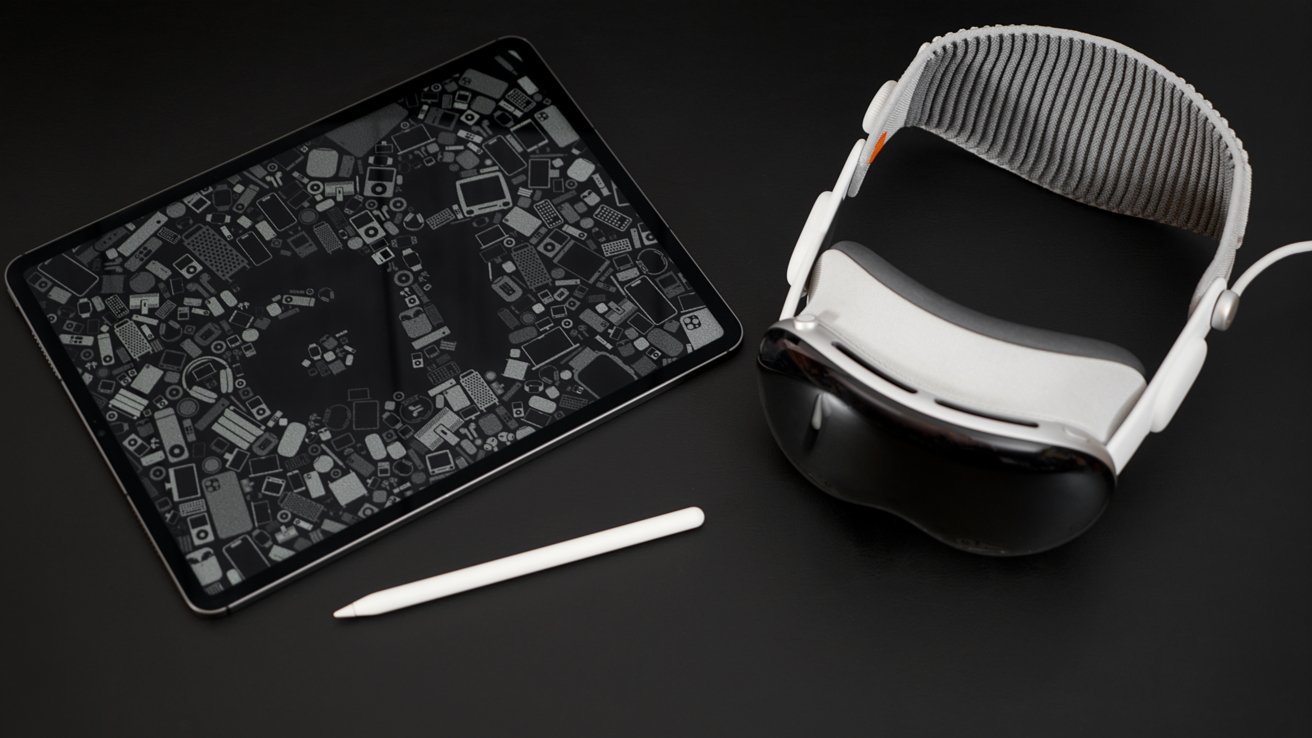
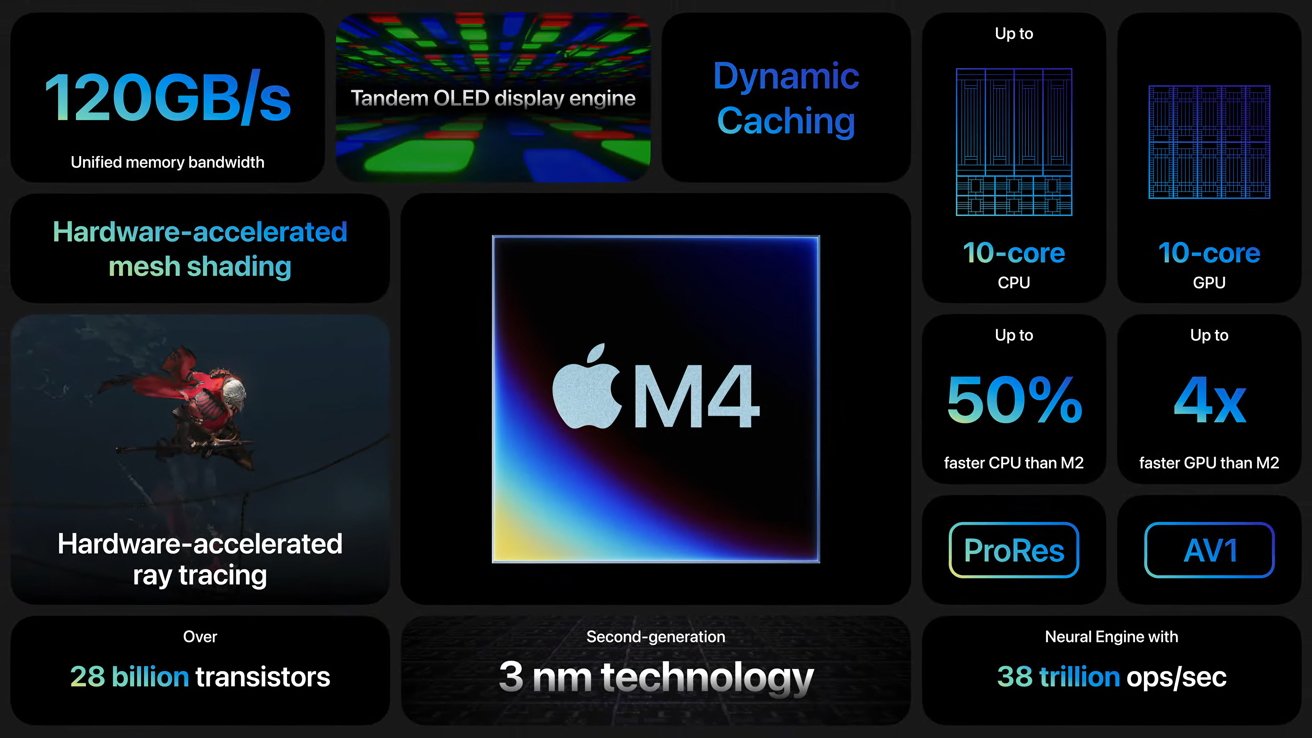
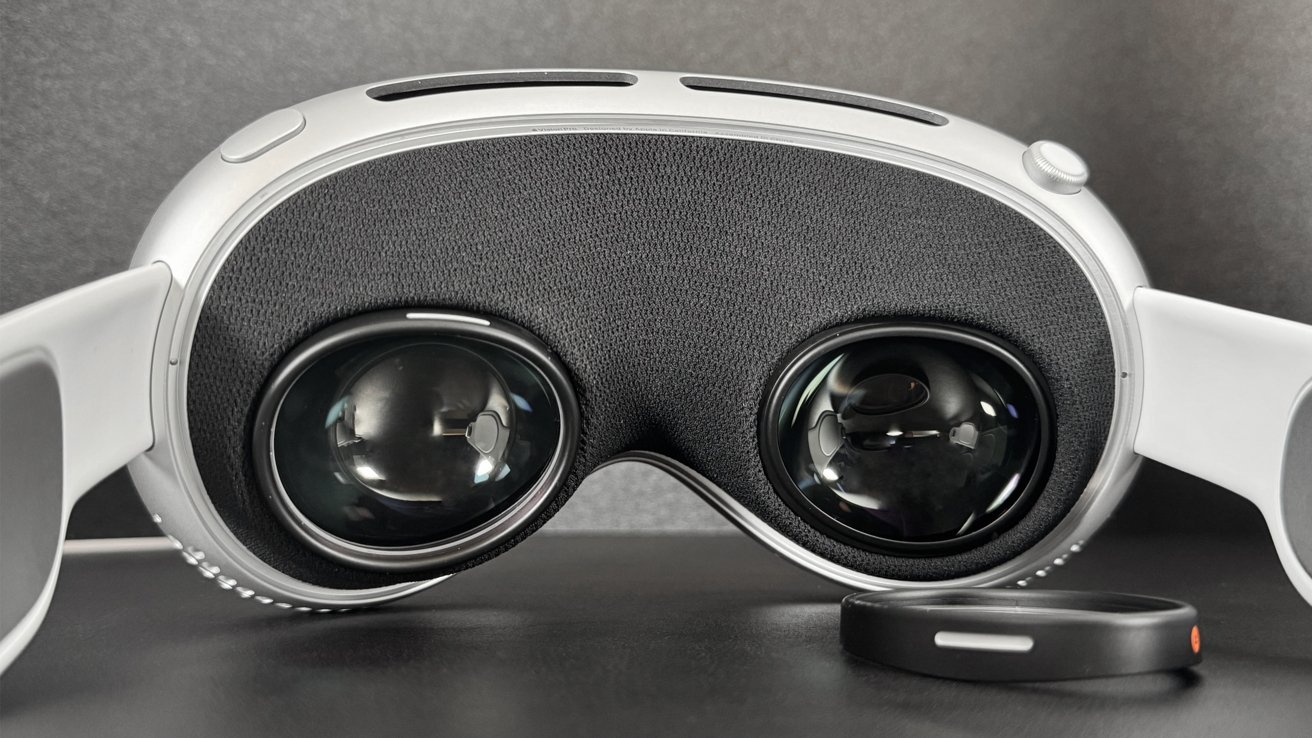
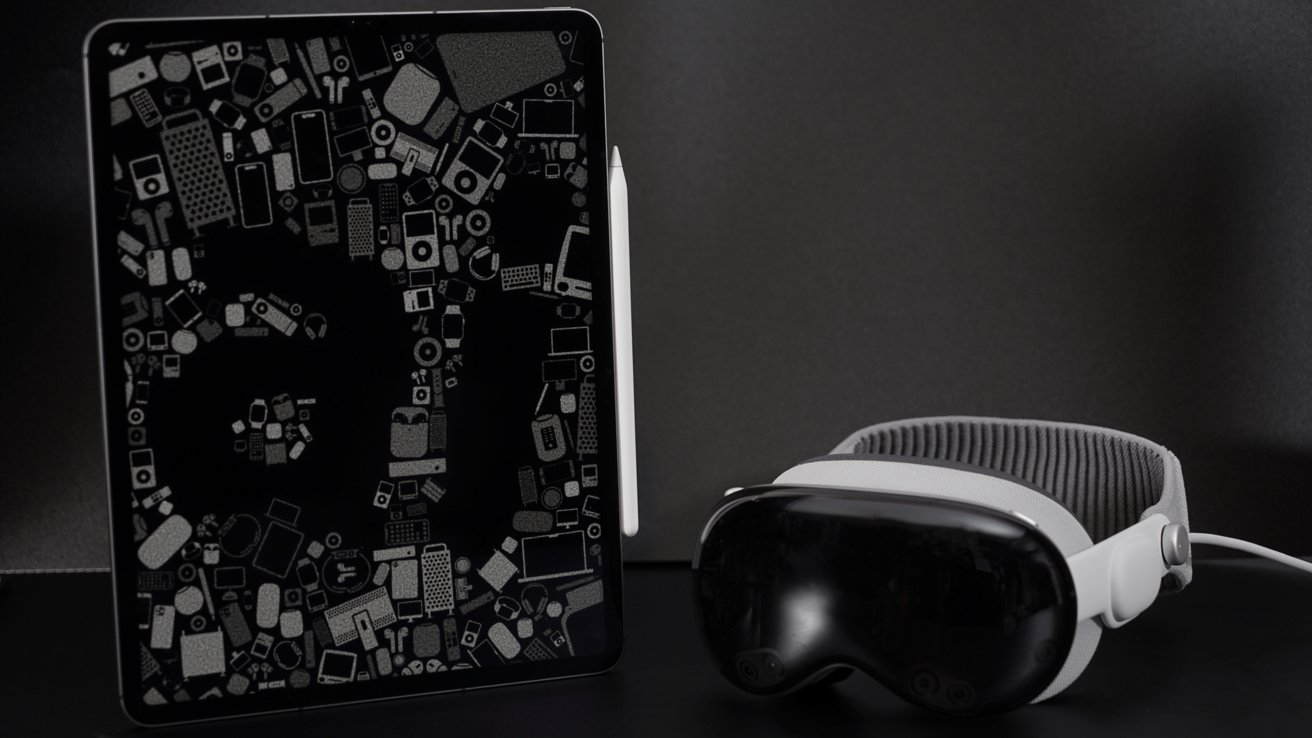
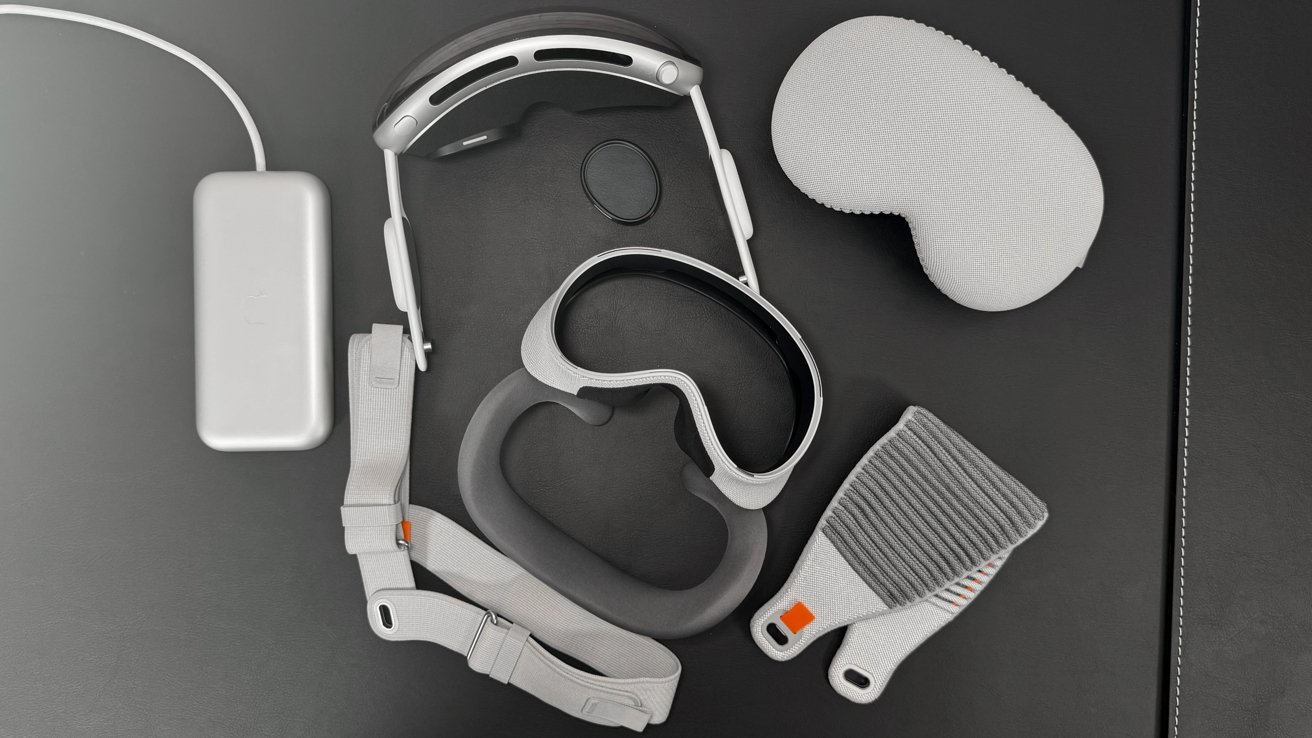
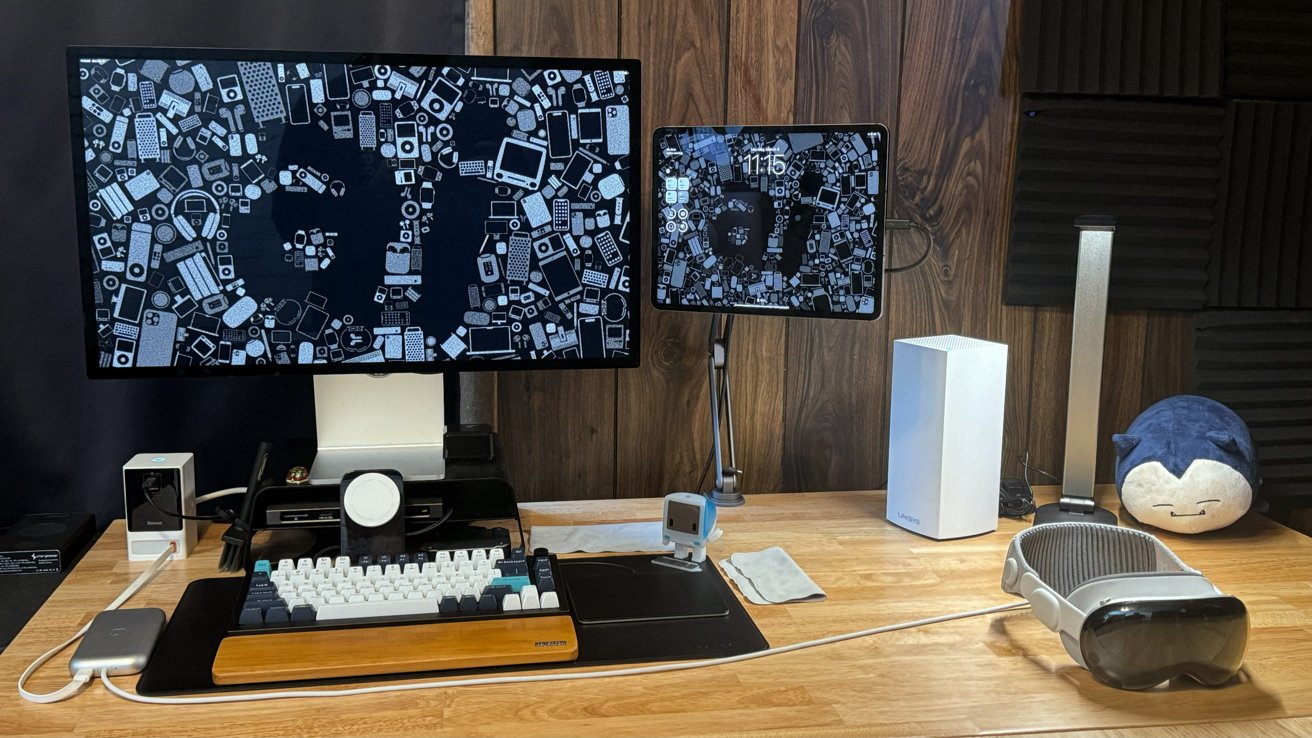
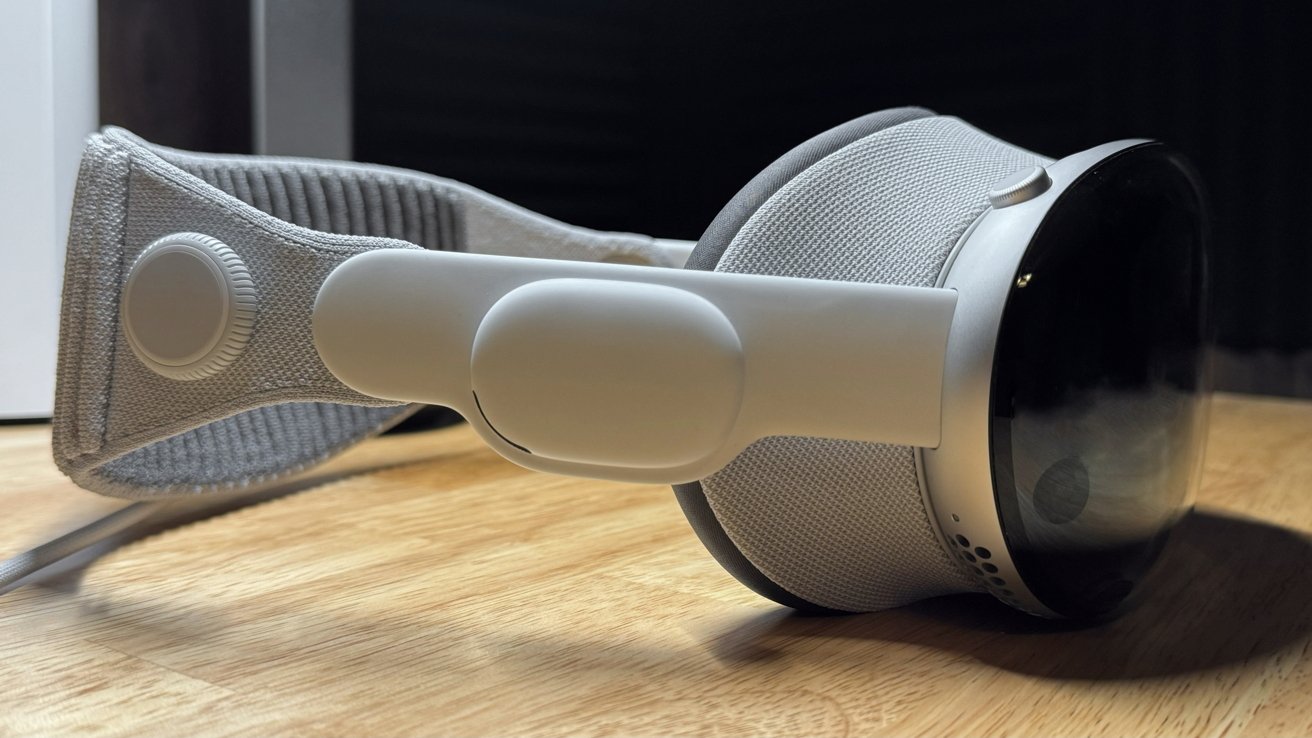
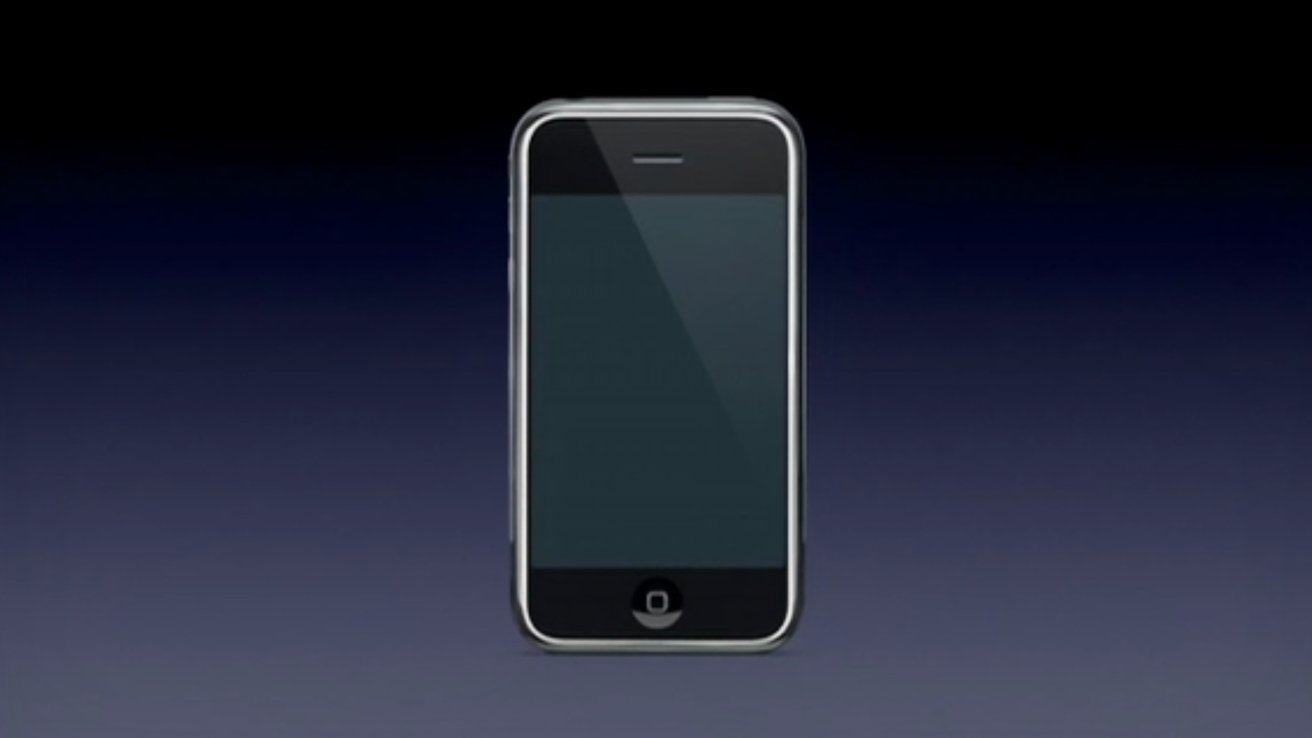
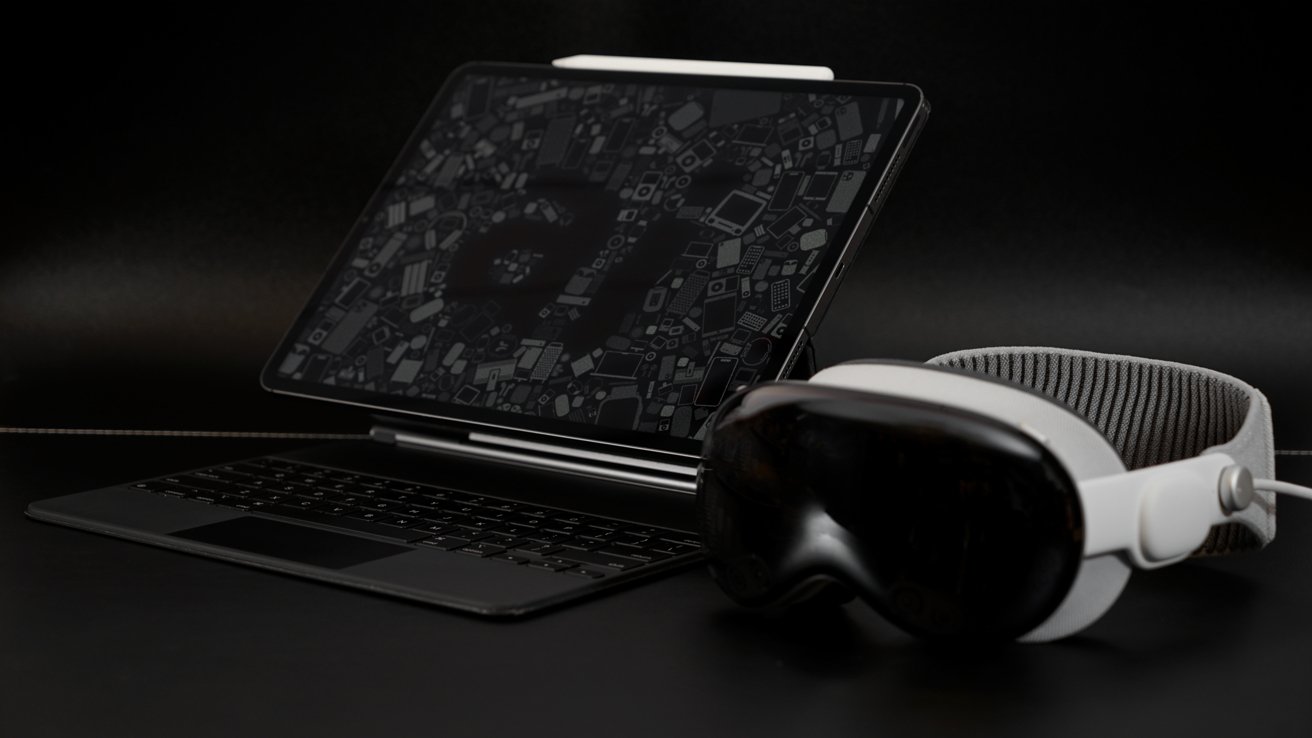
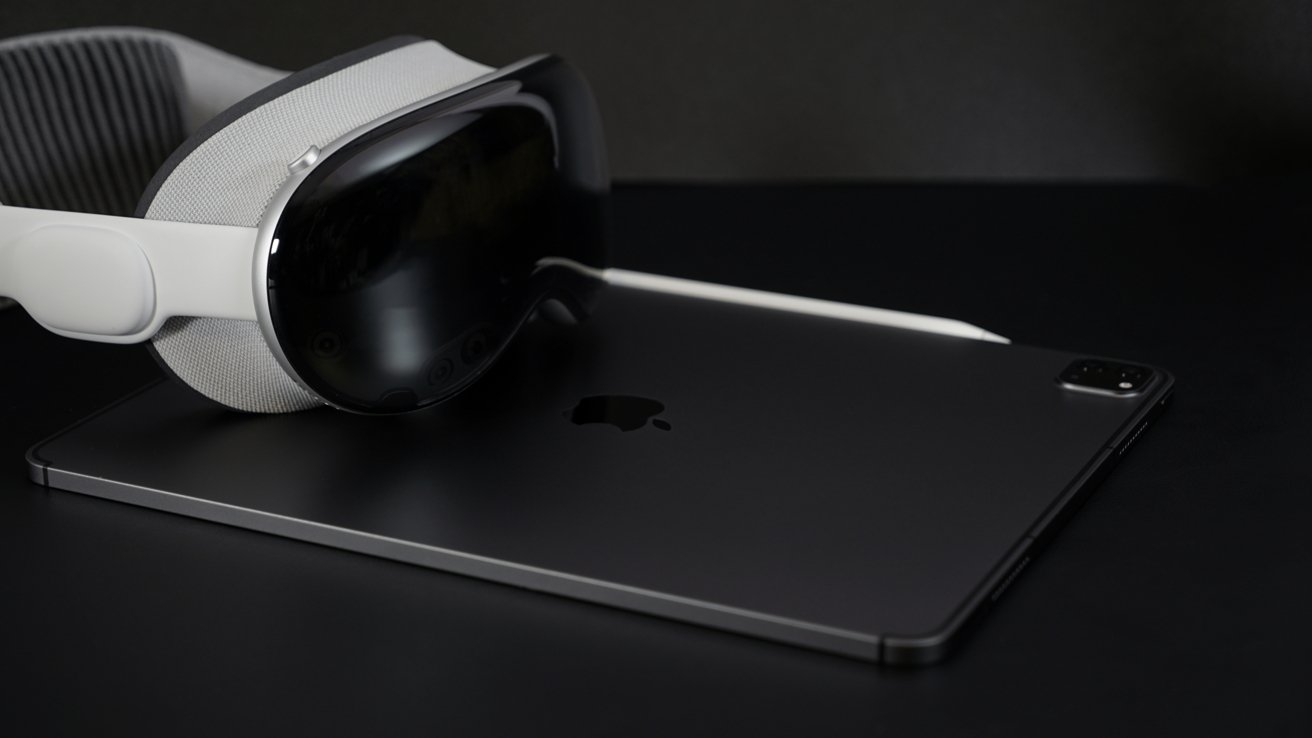







-m.jpg)






 Andrew Orr
Andrew Orr
 Amber Neely
Amber Neely
 Marko Zivkovic
Marko Zivkovic
 William Gallagher and Mike Wuerthele
William Gallagher and Mike Wuerthele

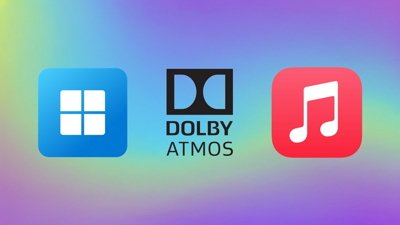

 Mike Wuerthele
Mike Wuerthele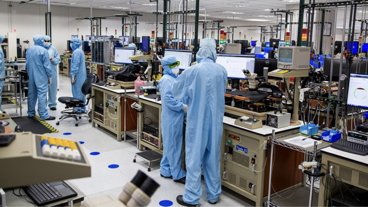
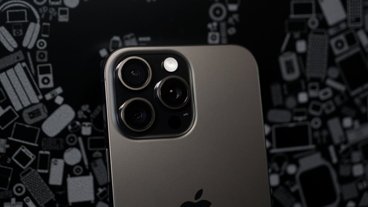
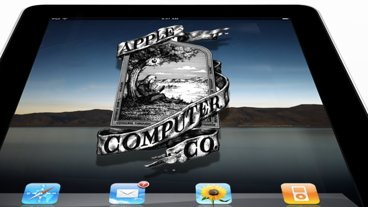







11 Comments
Informative article, I appreciate your personal perspective on the two devices.
Both.....They are not the same.
Clicked the headline expecting this to be TLDR, but the punchline was there: why not both. I get that not everyone has disposable quid to do so, but tech choices are personal. Then come the words needs, likes, prefers, optimizes, streamlines, convenience.
Fairly, when I saw Let Loose, I started thinking more and more about "drop in the monitor" computing replacing a desktop. Instead of a iMac, have a great monitor with a slot in it - slide in the iPad to do all the work, kind of like my very first mac, the Powerbook Duo. More precisely, an iPad dock so as not to obscure the second screen. Betcha a third party makes such a thing already.
Might not be far from a macOS dongle too. Much like a streaming stick, just plug it into a monitor, and it runs macOS.
Choices are good. Buy what you value. Kinda think that was the point of this article, so I concur.
Now the question is, if Apple will add the iPad Pro to allow you to view from within the Vision Pro. After all that seems like the one thing that may make or break getting an ipad pro vs a Macbook Air (besides Mac os)